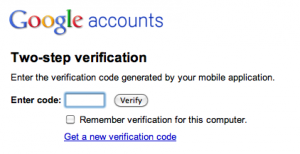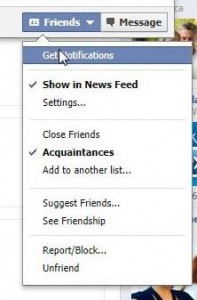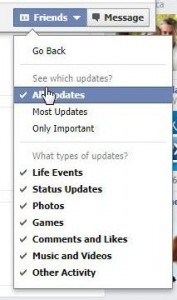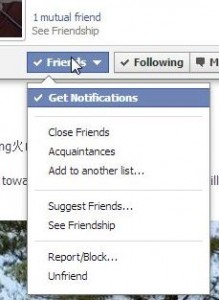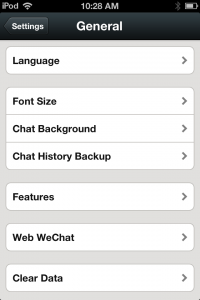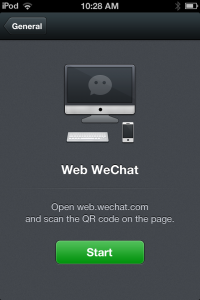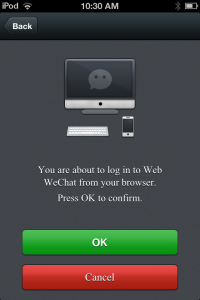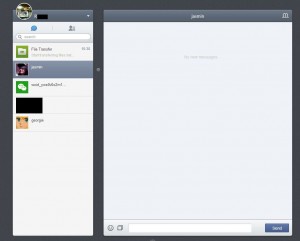Whether you have a DSL/ADSL or cable connection to the Internet, you most likely have a router somewhere between you and your ISP (Internet Service Provider). It may not be a separate unit, it might be part of a modem/router combination but we’re quite sure most of you have one.
A router ‘routes’ the signal it gets from your modem, separating it into different sections then sending those sections to the various computers that are connected to it. The connections could be wired, as when you use an Ethernet cable to hook your desktop up, or wireless, such as with most modern laptops and other handheld devices. Not all routers provide a wireless signal but most modern ones do.
The next several posts will take you inside your router. showing you how to take control of parts of it. Why? Because in order to set up our back office ‘recreation’ room, we had to figure out how to make one of our game consoles see one of our PCs. For that, we had to delve quite deeply into our old main router and another that we had sitting around. The next few posts will allow you to do the same thing or something similar. Here are two things you should read before we begin:
Warning! If you are working on the router that connects you to the Internet, you may accidentally change something that will stop that connection. This will entail a call to your ISP unless you have your current settings saved. We strongly suggest leaving your Internet router alone until you know what you are doing. Sure, you can look at it from your browser but don’t change anything.
TIP: If you have a new router, you must link it to your computer with an Ethernet cable. Once it is connected, you can communicate with it via your web browser. (If you are already connected to the Internet, you can communicate with your router the same way but you don’t have to do any other physical or wireless type of connection, other than the one that is already in place. If you can read this webpage, you are already connected to a router.)
Today, let’s figure out how to communicate and control a router. No tech talk, just plain English. Here we go:
1. Just as this website has an address, your router has one too. To talk to your router, all you do is open your favorite browser, we suggest Google Chrome, then type in a series of up to 12 numbers, separated into groups. How do you find out what those numbers are? You can find the paper manual for your router or, in some cases, the CD that came with it. If you don’t have either of those, you do a search on Google. Simple, right?
2. Get the model name and number of your router and do a search, making sure to keep any hyphens in place. Don’t worry about capitals but make sure you get the numbers and letters right. With any router that we’ve ever worked with, we’ve been able to find the manufacturer’s site and the PDF which describes how to access the router.
3. Once you get the number, open a new browser window and type that number into the address slot. Most router addresses are similar to this: 196.168.0.1 as you will discover in the manual. Some switch the 0 and the 1 while others have a 254 or something similar in the third set. Regardless, make sure you type the periods and numbers in the order specified.
4. Next, an admin window will usually pop up. Let’s assume that you have purchased a new router. The default username and password is usually admin and admin. Here’s a list of default usernames and passwords for most routers that you’ll encounter:
List of Default Router Passwords and Default Router IP Addresses.
Here’s what you should see after you type the correct IP address into your browser:

Once we type everything in, this is what we see next:
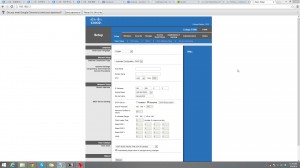
All of the inner workings of your router can be adjusted from this screen. Many of the terms will seem obscure for now but some of them will become much clearer later on. At this point, just take a look around. The router defaults to the setup page that you see above. On this screen you can adjust the Basic Setup, the IPv6 setups and so on. These are in blue just on top of the white section.
Above the blue bit, you’ll see things like Wireless, Security, Storage, etc. Clicking on any of those will bring up a different set of adjustments and controls. Here’s what you will see if you were to click on the word Wireless:
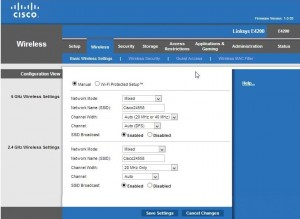
As with the last screen, there are sub-settings, shown in the blue section here, that control Wireless Security, Guest Access and Wireless MAC Filter. This Cisco router is what they call a ‘two channel’ model, one with a 2.4 GHz signal and one with a 5 GHz signal.
For the time being, snoop around a bit and see what you can find. Make sure you don’t change anything, just take a peek to see what you could change if you wanted to later on.
TIP: With a new router, you can change anything you want and not worry. Why? Because every router has a reset button that will undo any changes and set the router back to its default, factory settings. All you need to do that is a paper clip. Hold the reset button in for a short time, usually about ten seconds, then everything is back to the way it was when it left the factory. If you buy a used modem, this is the first thing you should do.
That’s it for today. Your homework is to find the IP address of your router and gain access to it. Make sure you jot down the IP address and password so you can access it next time without looking everything up.
Thanks for reading! If you have questions or comments, please let us know. Better yet, Like us on Facebook and you’ll get every one of our updates as soon as we post them. Here’s the link: Computers Made Simple on Facebook
__________________
Here’s a link that might help us if you are interested in hosting your own blog with Fatcow Hosting. We’ve signed up to become an affiliate and we make a bit of money if you sign up for hosting via this link: FatCow Hosting Thanks!


